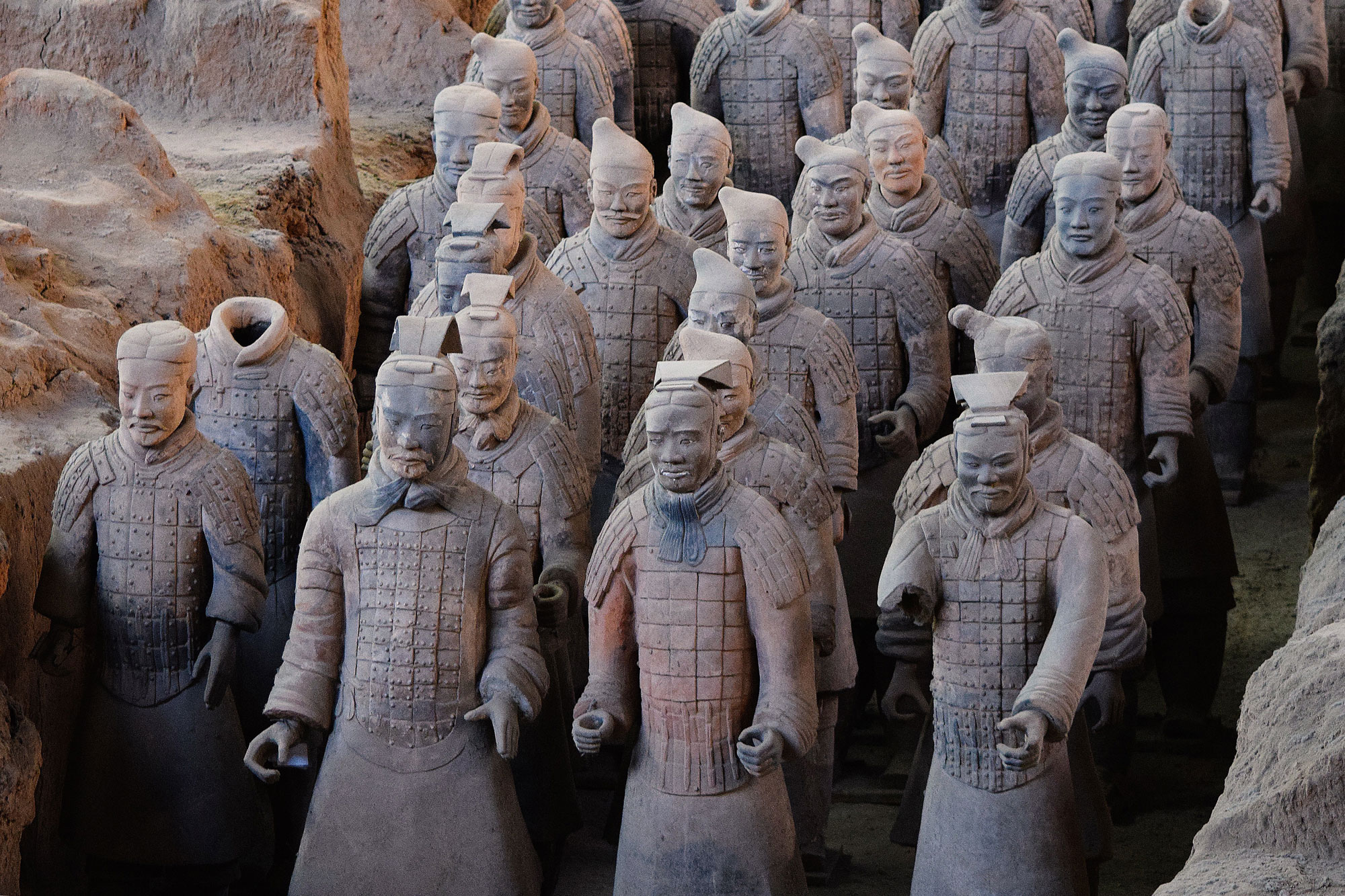
The first ruler of the Akkadian empire was known as Sargon. It was a hereditary monarchy, meaning that the country was ruled by a King who was succeeded by his sons upon his death. The Akkadians created the first united empire in Ancient Mesopotamia. The inhabitants spoke Semitic languages, which are closely related to Arabic and Hebrew. It took over control of Sumer and the Levant at around 2300BC. The Akkadian empire is thought to be the first dynastic rulership to have existed. Located in the area to the north of Sumer, Akkadia became established and a dominant force in Mesopotamia around 3000BC. The Akkadian Civilization, ruled by Sargon, was the first empire of ancient Mesopotamia. Like modern mathematics is a decimal system based on the number ten, the Sumerians mainly used a structure that was based around groupings of 60. The origins of the sixty-second minute and sixty-minute hour can be traced all the way back to ancient Mesopotamia. It also includes Sumer’s lone female monarch in the form of Kubaba, a “woman tavern-keeper.” She supposedly took the throne in the city-state of Kish sometime around 2500 B.C. One early king is said to have lived for 43,200 years. It’s a blend of confirmed history mixed with the more mysterious.

The Sumerian King List is a clay tablet that documents the names of most of the ancient rulers of Sumer as well as the lengths of their reigns. It was this aspect of their culture that may have been the inspiration for developing a written language. The Sumerians were primarily a trading culture, building ships and other transport vessels to enable the exchange of things like ivory, copper, leather and precious stones. At its peak, around 2800 B.C., it was most likely the largest city in the world.Īn artist’s impression of the ancient Sumerian city of Uruk.


The oldest civilization and most sprawling was Uruk, a thriving trading hub that boasted six miles of defensive walls and a population of between 40,000 and 80,000. Major Sumerian city-states included Eridu, Ur, Nippur, Lagash, and Kish. An iconic, tiered, pyramid-like temple associated with the Sumerian religion. These usually consisted of a walled metropolis dominated by a ziggurat. These eventually expanded into city-states that soon became the cornerstone of Sumeria.Įvidence points to roughly a dozen smaller city-states by the fourth millennium B.C. Smaller settlements appear in the region much earlier than this time. The exact dating of its beginning has proven to be quite difficult. It is thought that somewhere around 5000BC was about the time of origin. SourceĪncient Sumer was the first of the ancient Mesopotamian civilizations to develop. The oldest civilization in ancient Mesopotamia was ancient Sumer. Sitting between ancient Egypt and the Indus Valley, Mesopotamia became a melting pot of trade, technology, writing, and religion for many of the early civilizations in pre-history.ġ) The Sumerians, the Oldest Civilization

It may be down to its central location for the spread of modern society. It occurs in steps.Īround 10 000 BC, the first evidence of the first civilization include:Īfter this period the rise to modern society begins.Īncient Mesopotamian civilizations would leave influential footprints with language and cultural beliefs. In the time before ancient Mesopotamia is found in the record, were the first signs and evidence of modern civilization. Let’s have a look at some of the cultures that made up this ancient part of the world. Various cultures thrived in the few thousand years that Mesopotamia existed. Researchers have had difficulties in working out a concise history. There were many different rulers throughout the region as well as cultural shifts within the ancient Mesopotamian civilizations. So when did Mesopotamia begin? And who exactly lived there? The wheel, written language, the idea of minutes, hours and seconds, and many other aspects of modern daily life began fromto the ancient Mesopotamian civilizations. In this region, some of the most important inventions occurred that would shape mankind. Here the first human civilizations were taking the earliest steps from hunter-gatherer societies into settled community. Additionally, it’s home to the area known as the fertile crescent, where the first evidence of agriculture was found. Mesopotamia is a Greek word for ‘Land between two rivers.’ It’s the region of Western Asia located between the Tigris and Euphrates Rivers. Ancient Mesopotamia, often referred to as the cradle of civilization, was once home to some of the most influential cities in human history.


 0 kommentar(er)
0 kommentar(er)
